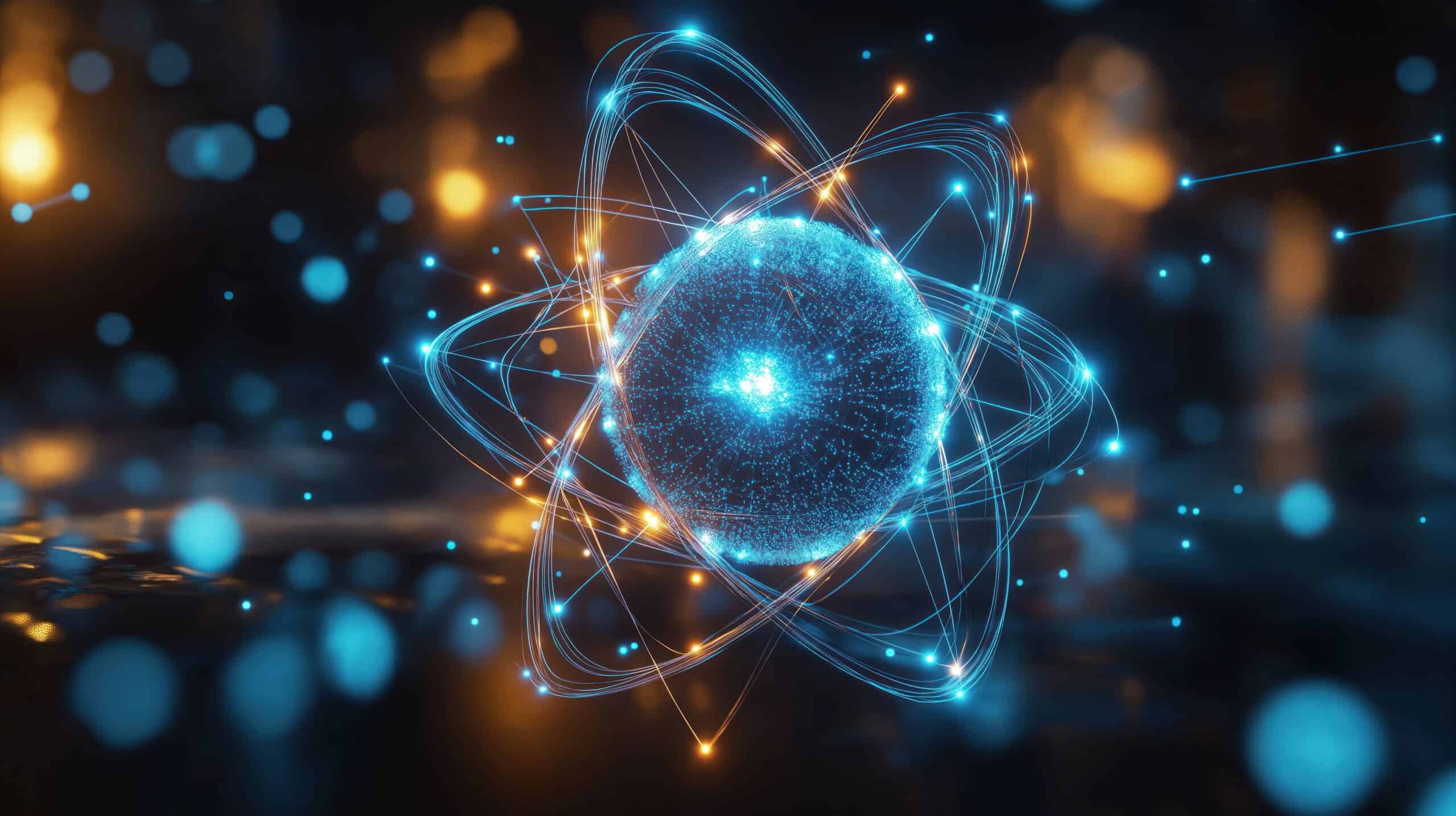AI runs on three things: compute, power, and fiber. If you’re not planning for all three, you’re not planning for scale.
AI is rewriting the rules of infrastructure. The models are bigger. The workloads are more distributed. The stakes? Astronomical. And yet, most strategies still fixate on compute, while underestimating the two forces that make it all go: power and network.
We’re entering a new era, and it demands a new playbook. Call it the AI Infrastructure Trifecta:
- Power that can keep up
- Compute that can perform
- Fiber that can deliver
Ignore any one of these, and the whole system breaks down.
The Power Crisis No One Can Ignore
Here’s the reality: by 2028, data centers could consume up to 12% of the world’s electricity. That’s not a rounding error. That’s a structural threat to growth.
The current grid can’t handle the projected demand — especially not for distributed inference, low-latency applications, or edge computing environments. Solar and wind are part of the solution, but they’re intermittent. Fossil fuels are unsustainable. And diesel backups aren’t a strategy.
So what’s the alternative?
Small Modular Nuclear Reactors (SMRs): A Contender for the AI Era
SMRs are not your grandfather’s nuclear plants. They’re safer, smaller, modular, and more deployable, making them a serious option for powering high-performance infrastructure in the AI age.
What they offer:
- Always-on reliability to eliminate energy bottlenecks
- Local deployment to bring power closer to compute and network nodes
- Near-zero emissions to support sustainability mandates
Major players are already making moves: Microsoft signed a 20-year clean energy deal backed by $1.6B to support its data centers using nuclear, including restarting the infamous Three Mile Island Unit 1. Meanwhile, Meta recently announced a similar partnership to secure nuclear energy to meet rising AI-related energy demands.
It’s All Connected: Why Fiber Matters More Than Ever
If SMRs solve the power bottleneck and GPUs solve the compute challenge, fiber is the connective tissue that makes it all work in real time.
You can’t run inference at the edge without ultra-low latency. You can’t move massive training datasets without high-capacity transport. And you can’t serve AI outputs to global users without dense metro and long-haul connectivity.
The future isn’t just AI-ready compute. It’s AI-ready infrastructure: fiber, power, and performance – working as one.
The Convergence Is Already Happening
Forward-thinking infrastructure operators aren’t treating power, compute, and network as separate domains anymore. They’re converging teams, budgets, and strategies to design systems that scale together.
- Where should the next data center go? It depends on where you can get high-density power and diverse network access.
- How do you build for inference? You need local compute, local power, and local network reach.
- How do you future-proof infrastructure? You architect for integration, not just capacity.
The Bottom Line
AI infrastructure is no longer just about racking GPUs or securing megawatts. It’s about mastering the trifecta: compute, power, and fiber.
Small Modular Reactors may not be the answer for every site, but they represent exactly the kind of bold, scalable thinking this moment demands. If you’re investing billions into compute without asking where the power comes from or how the data moves, you’re only solving one-third of the problem.
The builders who win the AI era won’t just have the biggest models; they’ll have the infrastructure to run them.
